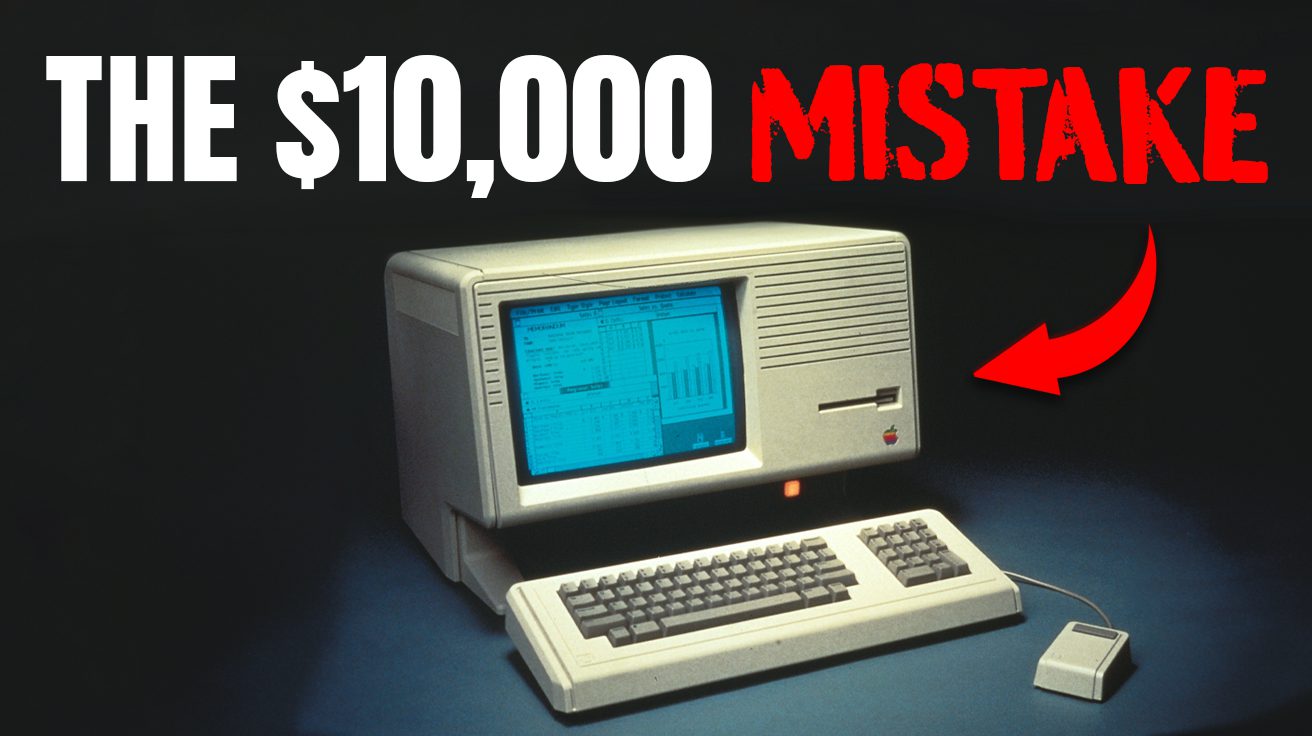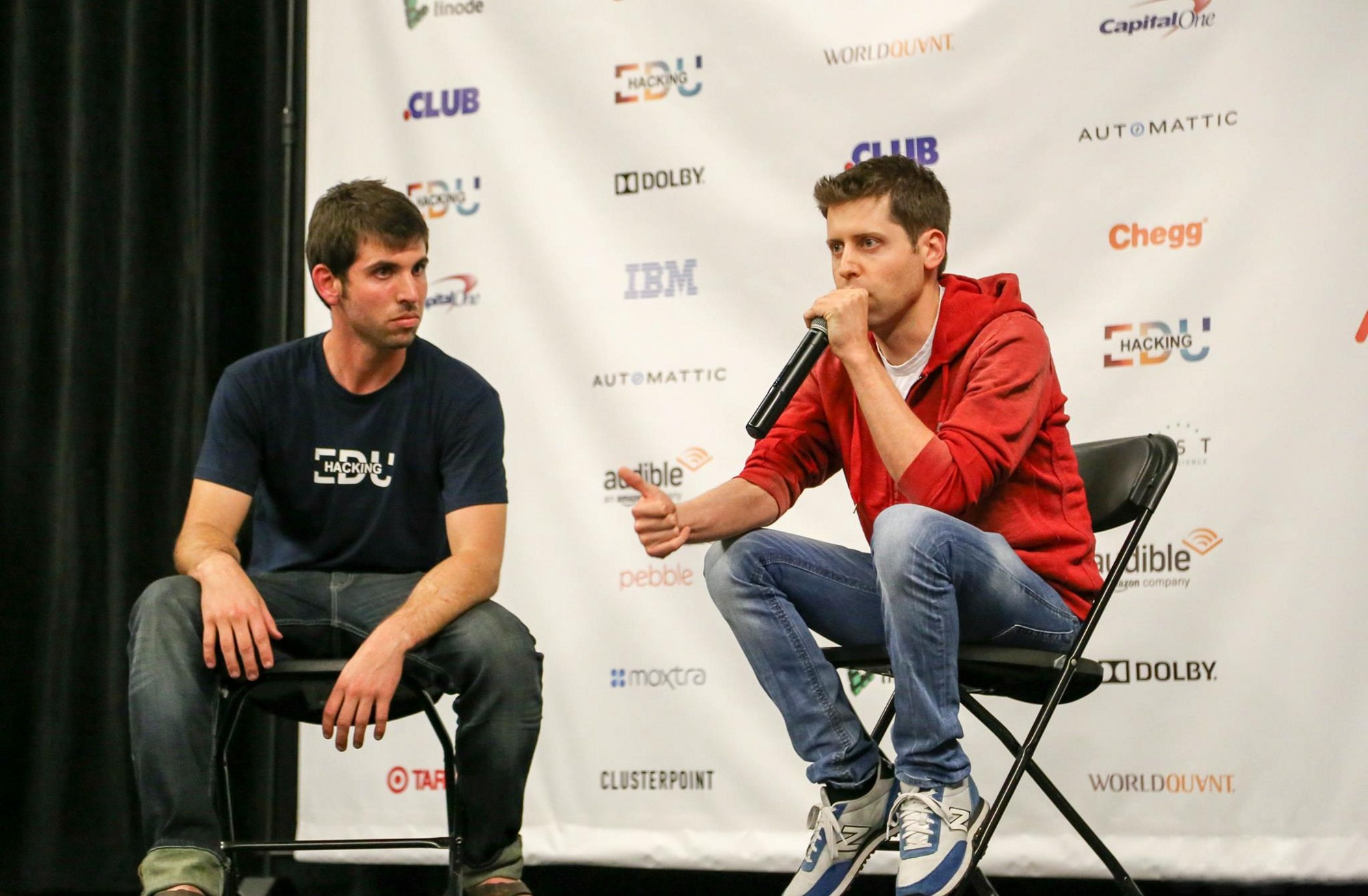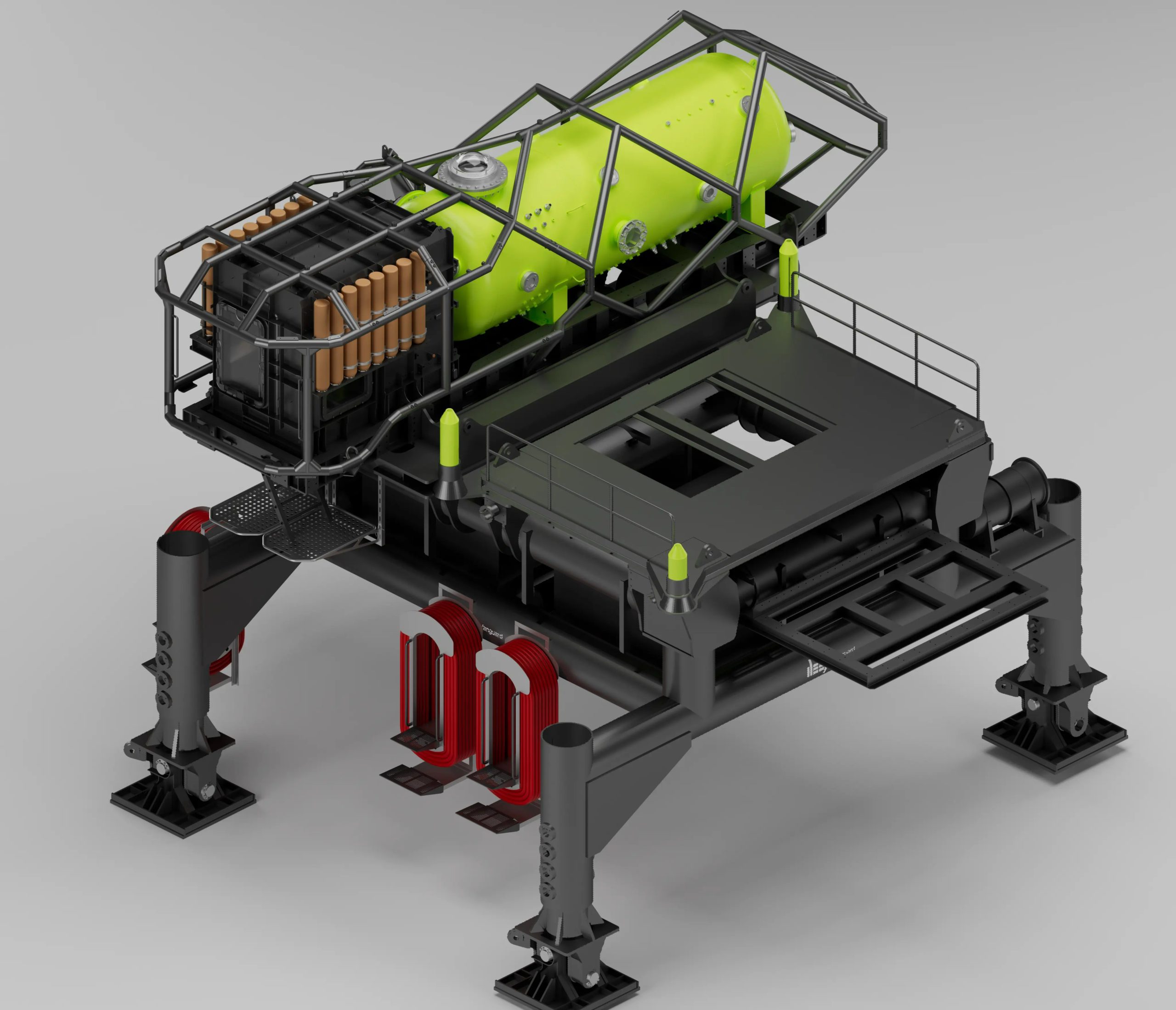The 1980s promised a future filled with technological marvels and consumer conveniences. Instead, it delivered some of the most spectacular product failures in business history. From overpriced computers to gadgets that solved problems nobody had, these 16 disasters prove that innovation without execution is just expensive wishful thinking.
16. The Apple Lisa Computer

Even tech giants can stumble when ambition outpaces practicality.
Released in January 1983 with a jaw-dropping price of $9,995 (over $31,000 in today’s money), the Apple Lisa was like showing up to a potluck with caviar when everyone brought sandwiches. This pioneering computer featured a graphical user interface, mouse input, protected memory, and multitasking capabilities that wouldn’t become standard for years. NASA even used Lisa machines for project management software, proving the technology worked.
The problem? Everything else. The “Twiggy” disk drives failed constantly, software crashed regularly, and performance crawled slower than dial-up internet. While IBM sold over 750,000 PCs during the same period, Lisa managed only 10,000 to 60,000 units. By 1986, Apple discontinued the Lisa, and unsold machines were famously buried in a Utah landfill as a tax write-off.
15. The Segway Personal Transporter

Revolutionary transportation that forgot to ask if anyone wanted to be transported.
Dean Kamen’s Segway was supposed to transform urban mobility like smartphones transformed communication. Instead, it became the punchline for overengineered solutions to nonexistent problems. At $5,000 per unit, these self-balancing scooters promised to revolutionize how people moved through cities.
The reality check came fast. Cities banned them from sidewalks, users looked ridiculous riding them, and the learning curve intimidated casual buyers. Mall security guards became the primary customer base, which wasn’t exactly the transportation revolution investors had imagined. The company sold fewer than 140,000 units over its first decade.
14. New Coke
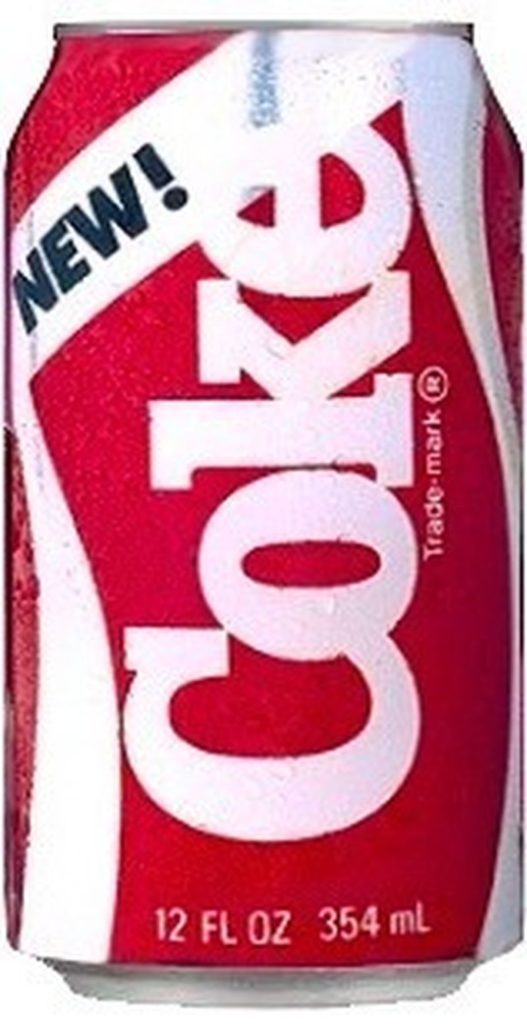
Coca-Cola’s attempt to fix what wasn’t broken nearly broke everything.
In April 1985, Coca-Cola replaced its century-old formula with “New Coke,” a sweeter blend designed to compete with Pepsi’s growing market share. The backlash was swift and brutal. Customers hoarded original Coke, phone lines jammed with complaints, and protest groups formed across America.
The company received over 400,000 angry letters and calls. Within 79 days, Coca-Cola brought back the original formula as “Classic Coke,” effectively admitting their mistake. While some conspiracy theorists claim this was marketing genius, internal documents prove it was genuine panic. The lesson: don’t mess with emotional attachments to beloved products.
13. Betamax Video Format
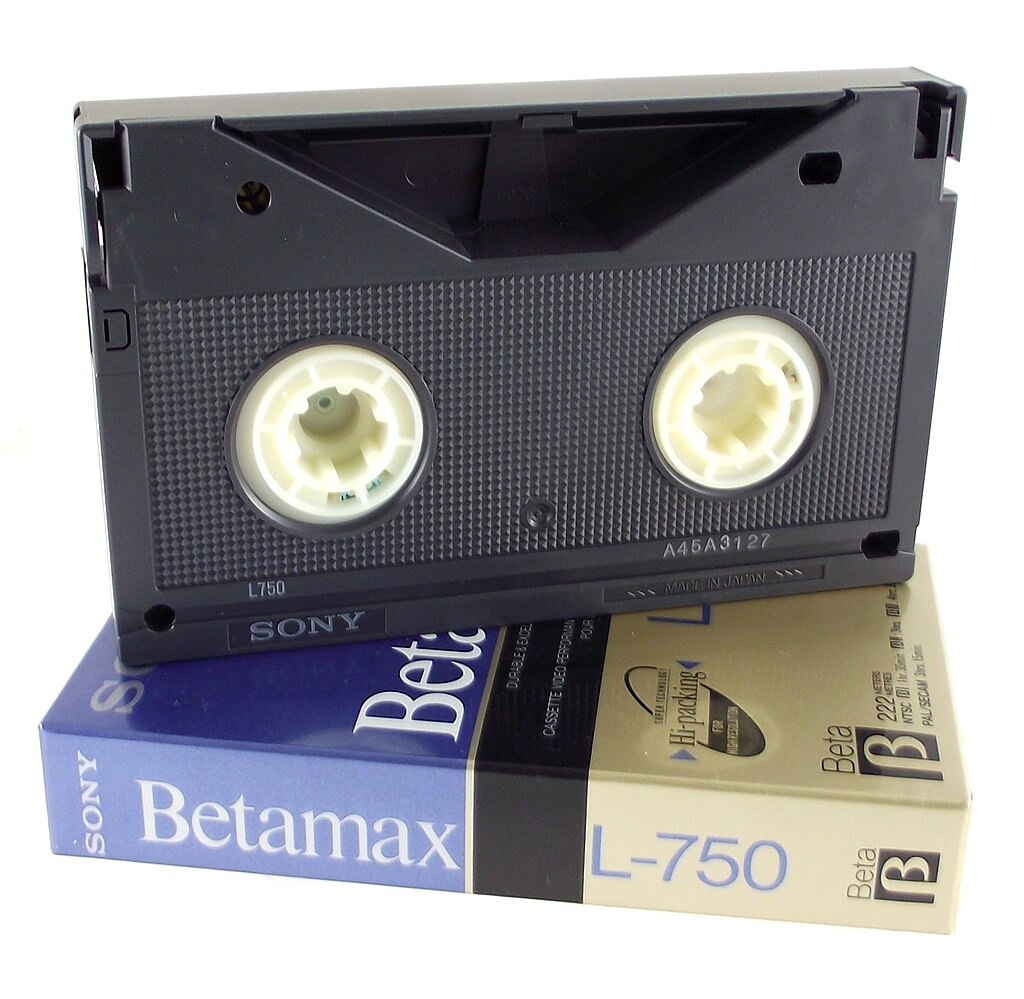
Sony’s technically superior format lost the war to inferior marketing.
Sony’s Betamax delivered better picture quality and more reliable recording than VHS, but it couldn’t overcome VHS’s longer recording time and lower price. Betamax tapes initially held only one hour versus VHS’s two hours, making it impossible to record a full movie.
More critically, Sony kept tight control over licensing while JVC allowed multiple manufacturers to produce VHS players, flooding the market with affordable options. By 1988, VHS controlled 95% of the market. Betamax limped along until 2016, a 40-year testament to how technical superiority means nothing without strategic execution.
12. The DeLorean DMC-12

Gull-wing doors couldn’t lift this car above its problems.
John DeLorean’s stainless steel sports car looked like it belonged in the future but performed like it was stuck in the past. The DMC-12’s underpowered engine, poor build quality, and $25,000 price tag (nearly $80,000 today) made it more science project than sports car.
Manufacturing delays, quality control issues, and DeLorean’s arrest for alleged drug trafficking sank the company by 1982. Only 9,000 cars were produced, most sitting unsold in dealer lots. Ironically, “Back to the Future” made the DeLorean more famous as a movie prop than it ever was as transportation.
11. IBM PCjr
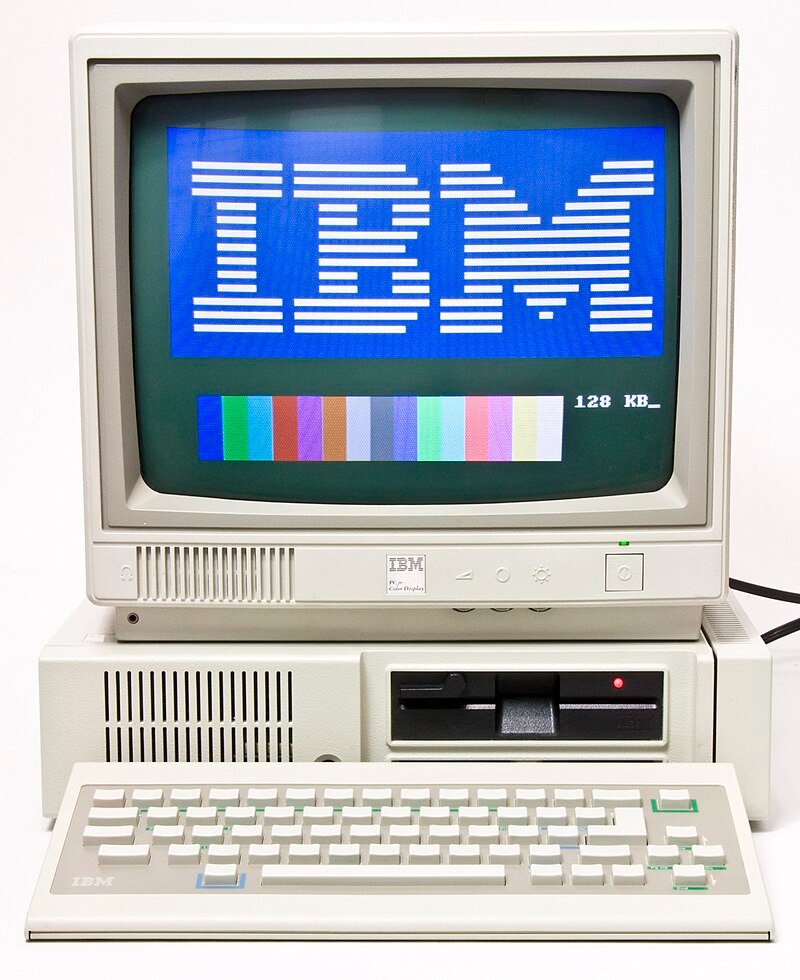
Big Blue’s attempt at home computing felt more like homework.
IBM’s 1984 entry into the home computer market was supposed to bring business-grade computing to families. Instead, the PCjr delivered business-grade disappointment. The wireless keyboard was unresponsive, the “chiclet” keys felt like typing on marshmallows, and the limited expandability frustrated users.
Priced at $1,269 for the basic model, it cost more than many competitors while offering less functionality. The PCjr couldn’t run most business software properly, defeating its main selling point. IBM discontinued it after just 18 months, taking a $40 million loss and learning that corporate success doesn’t automatically translate to consumer markets.
10. Crystal Pepsi

Clear cola that left everyone confused about what they were drinking.
PepsiCo’s 1992 attempt at “pure” cola removed the caramel coloring to create a clear beverage that tasted like regular Pepsi but looked like Sprite. The psychological disconnect proved insurmountable – people expected clear drinks to taste citrusy or light, not cola-heavy.
Marketing campaigns couldn’t overcome the fundamental weirdness of drinking what looked like water but tasted like soda. Sales plummeted after initial curiosity wore off, and Crystal Pepsi disappeared within a year. The brand became a cautionary tale about fixing problems consumers didn’t know they had.
9. Nintendo Virtual Boy
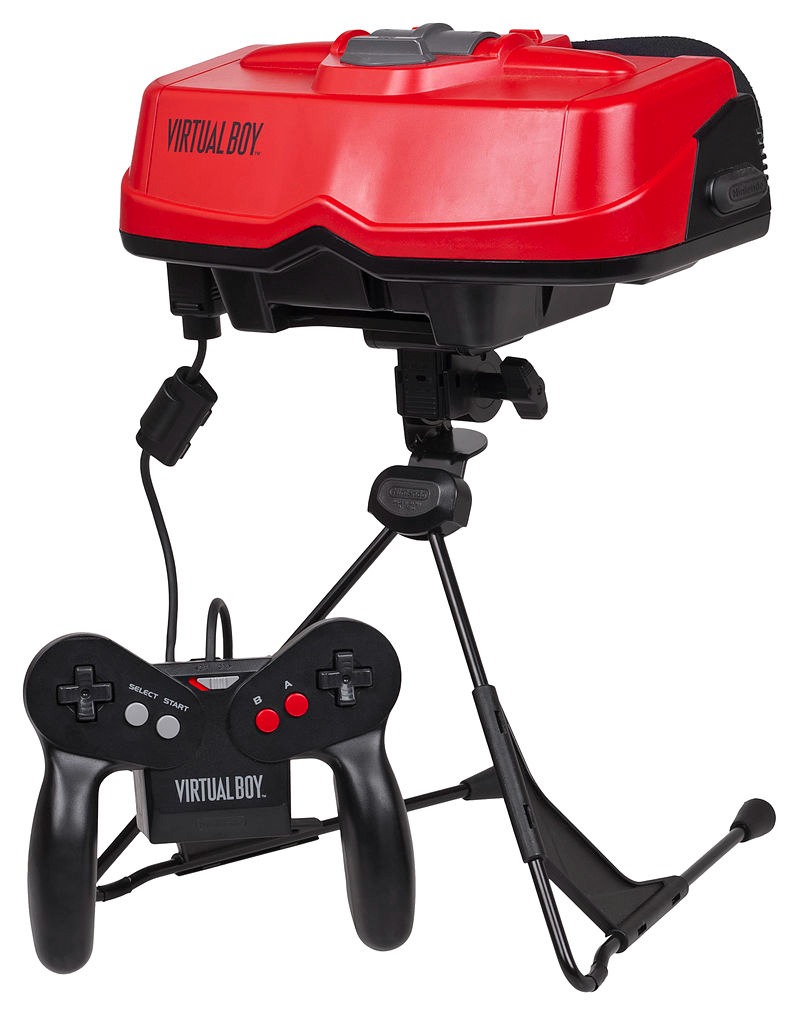
Nintendo’s first step into virtual reality was more like a stumble off a cliff.
Nintendo’s 1995 Virtual Boy promised immersive gaming but delivered headaches and eye strain instead. The red-and-black display caused vision problems, the tabletop design prevented portability, and the $180 price bought a glorified View-Master with pretensions.
Only 22 games were released, and most felt like tech demos rather than complete experiences. The Virtual Boy sold just 770,000 units worldwide before Nintendo quietly discontinued it after less than a year. The company wouldn’t attempt VR again for over two decades, and for good reason.
8. Microsoft Zune
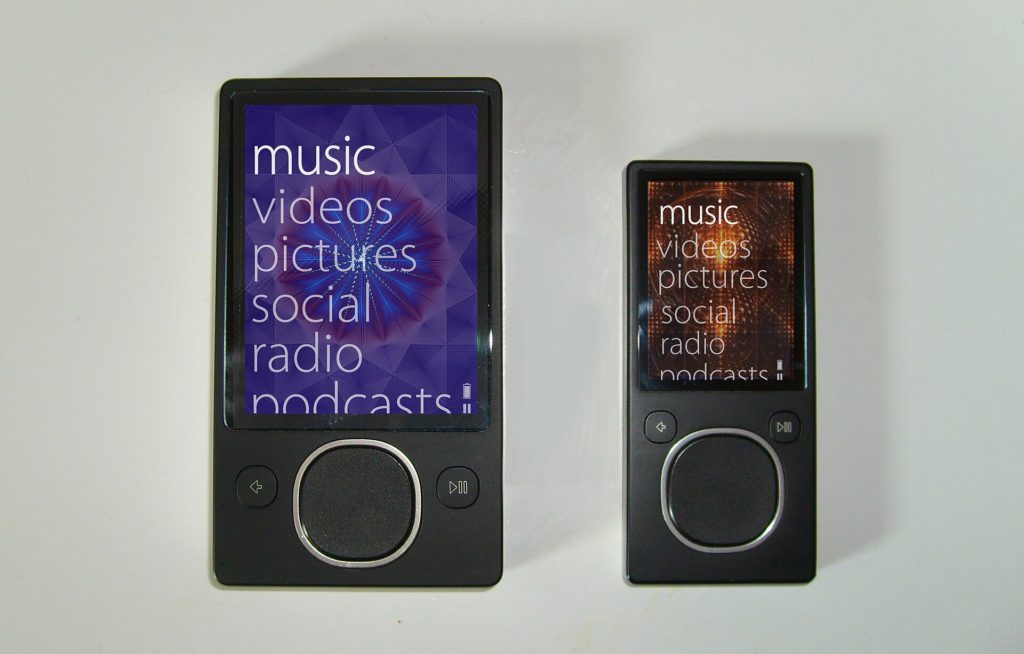
The iPod killer that couldn’t even wound iTunes.
Microsoft’s 2006 answer to the iPod arrived five years too late with features nobody requested. The Zune’s “social” music sharing was limited to three plays, the brown color scheme looked like a chocolate bar melted on a dashboard, and the interface felt clunky compared to Apple’s elegant design.
Despite Microsoft’s marketing muscle and Xbox integration, the Zune never captured more than 1% of the MP3 player market. The final insult came when Microsoft executives were spotted using iPods at company events. Production ended in 2011, proving that being different isn’t enough if you’re not better.
7. HD DVD Format
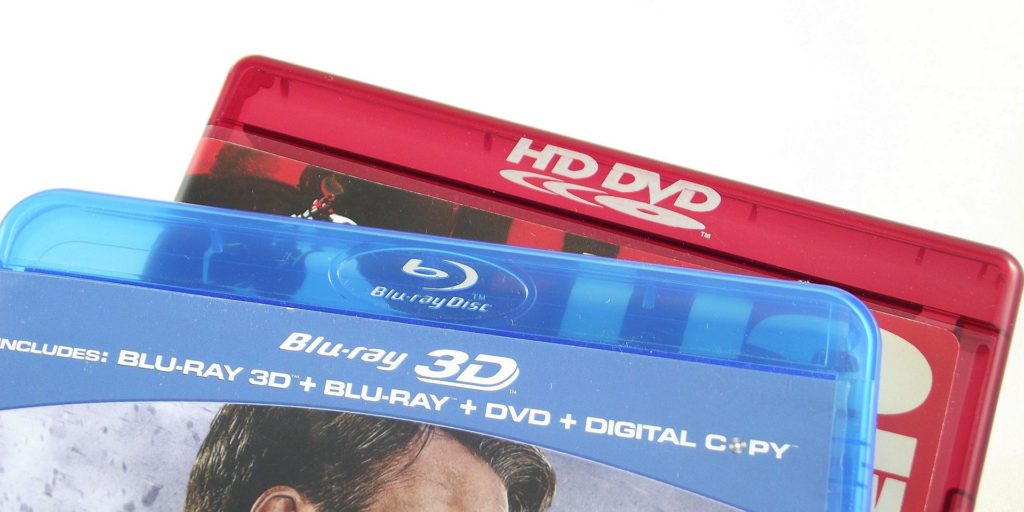
Toshiba’s high-definition format lost the battle before most people knew there was a war.
Toshiba’s HD DVD competed directly with Sony’s Blu-ray for next-generation video dominance, but the format war ended quickly when major studios and retailers chose sides. Warner Bros.’ 2008 decision to exclusively support Blu-ray effectively killed HD DVD overnight.
The format offered comparable quality to Blu-ray but couldn’t overcome Sony’s PlayStation 3 strategy, which put millions of Blu-ray players in living rooms disguised as game consoles. Toshiba officially abandoned HD DVD in February 2008, making early adopters’ expensive players instant paperweights.
6. Windows Vista

Microsoft’s operating system that made people nostalgic for Windows XP.
Windows Vista launched in 2006 with promises of enhanced security and visual improvements but delivered compatibility nightmares and performance problems. The User Account Control system annoyed users with constant permission requests, many existing programs wouldn’t run, and hardware requirements pushed older computers beyond their limits.
“Vista Capable” stickers became meaningless when basic functions ran slowly on recommended hardware. Businesses refused to upgrade, manufacturers shipped computers with Windows XP by popular demand, and Microsoft’s reputation took years to recover. Windows 7’s success came partly from fixing Vista’s mistakes.
5. Google Wave

Social collaboration platform that confused everyone, including Google.
Google Wave launched in 2009 as a revolutionary communication tool combining email, instant messaging, wikis, and social networking. The invite-only beta created artificial scarcity, but early users couldn’t figure out what Wave actually did or why they needed it.
The interface was overwhelming, performance was sluggish, and the learning curve was steeper than a San Francisco street. Google never clearly explained Wave’s purpose, and users abandoned it for simpler alternatives. The project was discontinued in 2012, becoming a cautionary tale about innovation without clear user benefits.
4. Microsoft Kinect

Motion control that worked better in commercials than living rooms.
The Xbox Kinect promised controller-free gaming through gesture recognition, and initial sales suggested mainstream success. However, the technology struggled with lighting conditions, required large play spaces, and offered mostly shallow mini-game experiences rather than full gaming adventures.
Privacy concerns about always-listening devices, limited game library, and inconsistent performance ultimately killed consumer interest. Microsoft discontinued the Kinect in 2017, though the technology found new life in business applications and HoloLens development.
3. Amazon Fire Phone

Amazon’s smartphone that tried to solve shopping problems nobody had while shopping.
Amazon’s 2014 Fire Phone featured “Dynamic Perspective” 3D interface, one-click purchasing integration, and X-Ray shopping that could identify and buy products through the camera. The phone was essentially a handheld Amazon store disguised as a communication device.
Customers wanted a phone, not a shopping assistant. The interface was gimmicky, app selection was limited, and the constant purchasing prompts felt pushy. Amazon took a $170 million write-down on unsold inventory and discontinued the phone after just one year.
2. Microsoft Bob

The operating system interface that treated users like they were five years old.
Microsoft Bob launched in 1995 as a user-friendly interface replacement for Windows desktop, featuring cartoon assistants and room-based navigation. Users could click on objects in virtual rooms to access programs, supposedly making computers more approachable.
The interface was condescending, system requirements were heavy, and productivity actually decreased as users hunted through virtual rooms for basic functions. Comic Sans font was created specifically for Bob, which should tell you everything about its target demographic. The product died quietly within two years.
1. Segway PT
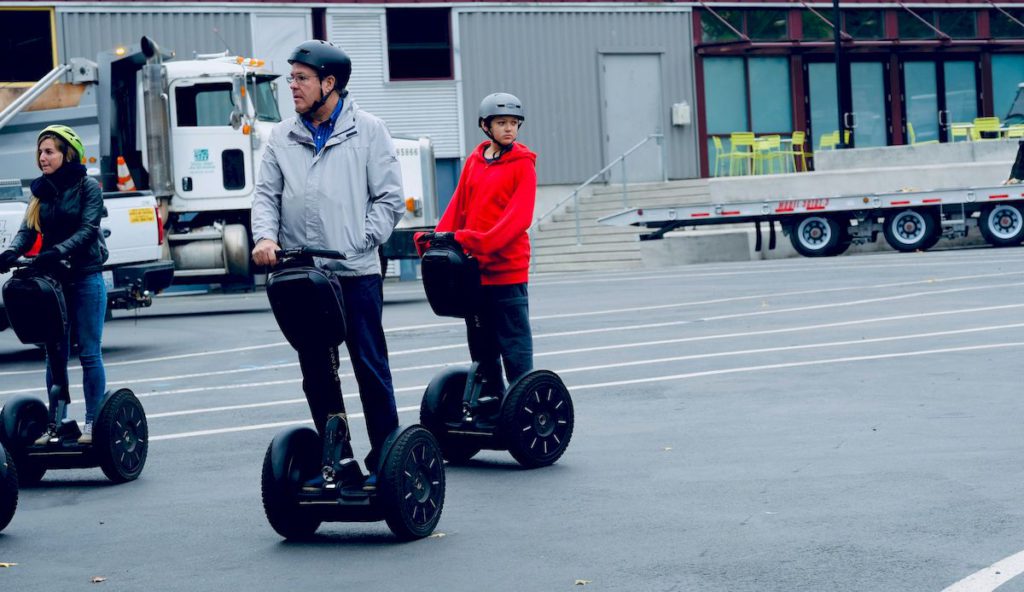
Personal transportation that personal trainers found personally offensive.
The Segway promised to revolutionize short-distance transportation but became a symbol of tech industry hubris instead. At launch, investors predicted cities would be redesigned around Segways, and early demonstrations showed people gliding effortlessly through urban environments.
Reality proved less graceful. Users looked awkward riding them, cities restricted their use, and the $5,000 price tag limited adoption to security guards and tourists. The company was sold multiple times before finally shutting down production in 2020, having sold fewer than 140,000 units over two decades.


